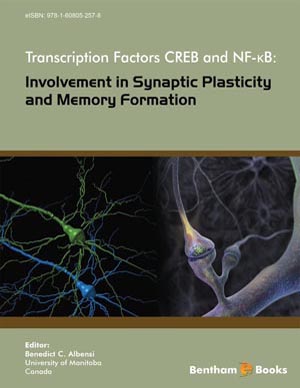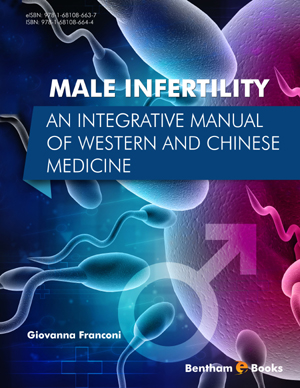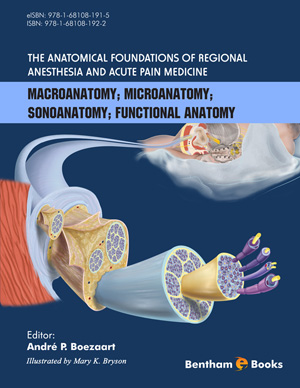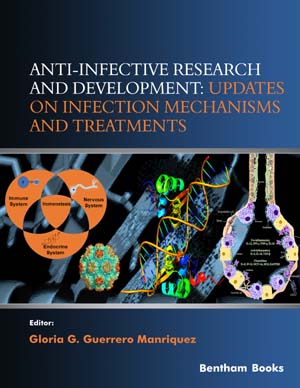Abstract
Some decades ago it was postulated that gene expression regulation is required for long-term memory storage. In the last years, important progress has been made towards the characterization of these mechanisms of transcription. Among them, transcription factors play a key role. This chapter describes the characteristics and the role of one of these transcription factors, NF-κB, in the different phases of memory formation and processing. In more than a decade of research since the first data on the role of NF-κB in neuronal plasticity and memory, a growing body of evidence supports that this transcription factor is involved not only in the formation of the initial long-term memory traces but in the re-stabilization after memory reactivation induced by retrieval. Additionally, the role of NF-κB in the formation of memory extinction is now under study. Extinction entails a temporary inhibition of memory expression and entails a new memory process. Recent data support the inhibition of NF-κB in the formation of memory extinction. Here I propose the use of this transcription factor, together with other neuroplasticity-associated molecular mechanisms, as important tools for understanding the dynamics of the different phases of information processing as well as the determination of brain areas involved in such processes.
Keywords: Long-term memory, consolidation, reconsolidation, extinction, gene expression, transcription factors, NF-kB, IKK, kB decoy, sulfasalazine.






















